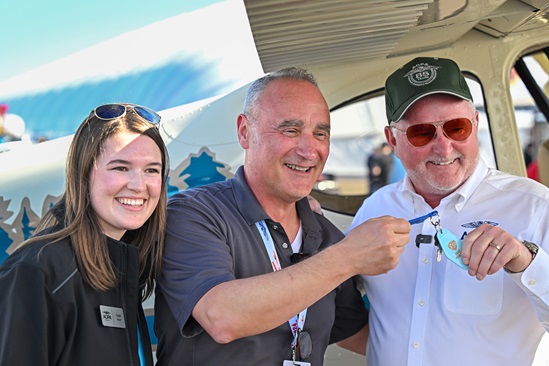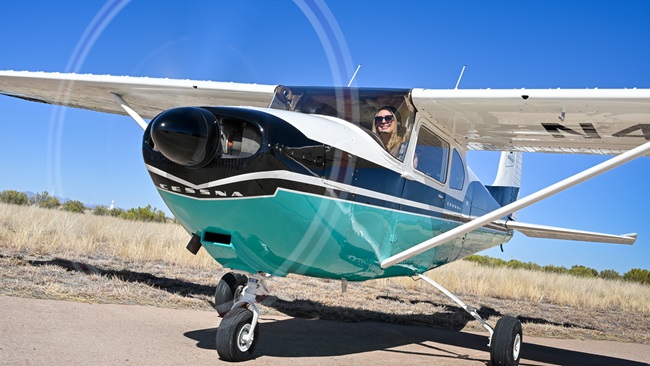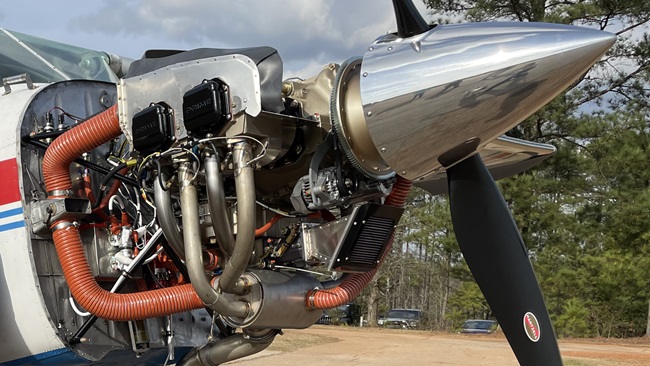Super Cub Sweepstakes: Cubbin’ across the country
Weather planning, flexibility key to VFR adventure

A 20-hour, 1,732-nautical-mile VFR journey from Maryland to Montana spans three days and requires weather planning and flexibility. With a 100-mph cruise speed, the Super Cub won’t outrun fast-moving storms, so safe outs are included. The slow speed has its advantages, though: Storms can dissipate or push through the area long before the Super Cub arrives.
Mapping out low- and high-pressure areas to try to plan the course for a tailwind is an interesting exercise, but other factors often dictate the route. A week in advance, prog charts and the Weather Channel app provide basic information. Two to three days before departure, a closer look at the prog charts, forecast discussions, TAFs, and the Model Output Statistics from ForeFlight forms a clearer picture. Leaving a day early and flying west from AOPA headquarters across Ohio, Indiana, and Illinois kept the Super Cub south of numerous storms before heading northwest over Iowa on the west side of another area of storms.
The Super Cub is well-equipped to navigate around weather by comparing Automatic Dependent Surveillance-Broadcast In radar depictions on the Garmin Aera 660 with the weather showing on ForeFlight, air traffic controllers’ advisories, and what’s outside the windscreen. Noting the last-updated timestamp on the weather maps and individual airport weather observations is important to prevent heading into deteriorating conditions.
A wall of precipitation between the airplane and a planned fuel stop in Champaign, Illinois, dissipated in the nearly three hours it took to get there from Ohio. En route, the Aera 660 was useful for monitoring the weather ahead and in getting updates at airports along the way, in case a deviation was necessary.
At 1,000 to 2,000 feet agl, a slight tailwind pushed the Super Cub across reservations, ranches, and oil fields in South Dakota and southeastern Montana, where houses and towns are few and far between.
Strong winds and rain were forecast at the destination—Missoula—by midday on the last day of the flight, necessitating an early-morning departure to cross some 8,000-foot-high mountain ranges. The Super Cub landed just in time—about 30 minutes before the gusts began and two hours before the rain started.
Thanks to the plethora of weather information available on the ground and in the Super Cub, across-the-country VFR adventures are fun and rewarding. Just remember to pack a little flexibility.
Email a[email protected]

 Web:
Web: 

